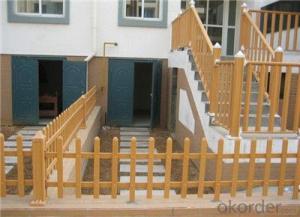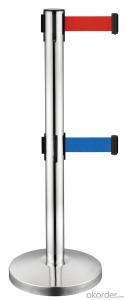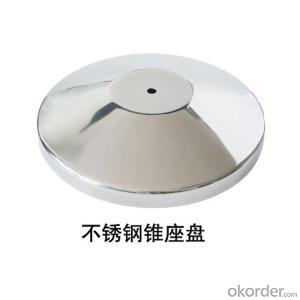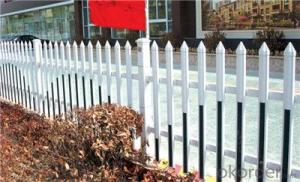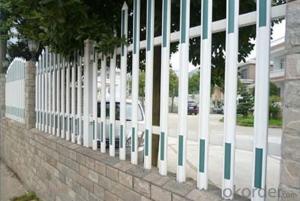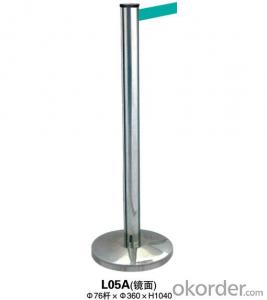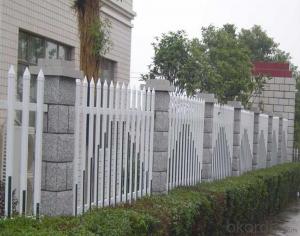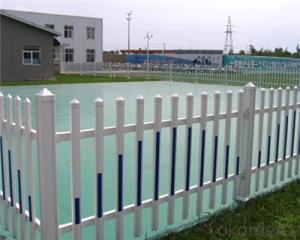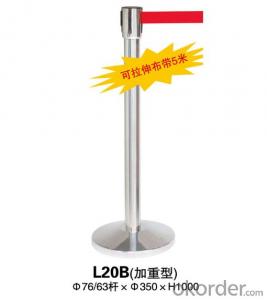All Categories
- - Steel Wire Rod
- - Steel Coils
- - Steel Profiles
- - Steel Pipes
- - Stainless Steel
- - Tinplate
- - Special Steel
- - Steel Sheets
- - Steel Rebars
- - Steel Strips
- - Hot Rolled Steel
- - Cold Rolled Steel
- - Pre-painted Steel
- - Seamless Steel Pipe
- - Welded Steel Pipe
- - Hollow Steel Tubes
- - Galvanized Pipe
- - Stainless Steel Coil
- - Stainless Steel Sheet
- - Stainless Steel Plate
- - Stainless Steel Strips
- - Electrolytic Tinplate Coil
- - Electrolytic Tinplate Sheet
- - Stainless Steel Rebars
- - Solar Panels
- - Solar Water Heater
- - Solar Related Products
- - Solar Inverter
- - Solar Cells
- - Solar Light
- - Solar Energy Systems
- - Solar Controllers
- - Solar Mounting System
- - Solar Pump
- - Solar Chargers
- - Fiberglass Chopped Strand
- - Fiberglass Mesh Cloth
- - Composite Pipes
- - FRP Pultrusion Profiles
- - Fiberglass Mat Tissue
- - Fiberglass Fabrics
- - Fiberglass Mesh
- - Composite Tank
- - Fiberglass Mesh tape
- - Polymer
- - FRP Roofing Panel
- - Fiberglass Roving
- - Monolithic Refractories
- - Ceramic Fiber Products
- - Refractory Bricks
- - Raw Materials For Refractory
- - Suspended Platform
- - Cranes
- - Concrete Machinery
- - Earthmoving Machinery
- - Building Hoist
- - Road Building Machinery
- - Plastic Pipe Fittings
- - Plastic Tubes
- - Plastic Sheets
- - Agricultural Plastic Products
- - Plastic Nets
 All Categories
All Categories
Q & A
Are traffic barriers commonly used near government offices?
Yes, traffic barriers are commonly used near government offices for security and crowd control purposes.
Are traffic barriers required near pedestrian crossings?
Yes, traffic barriers are generally required near pedestrian crossings to ensure the safety of pedestrians by providing a physical separation between vehicular traffic and pedestrians. These barriers help to reduce the risk of accidents and create a designated space for pedestrians to cross safely.
How do traffic barriers impact vehicle emissions?
Traffic barriers can have both positive and negative impacts on vehicle emissions. On one hand, barriers can help regulate and manage traffic flow, reducing congestion and improving overall traffic efficiency. This can lead to smoother driving conditions, reducing the need for frequent acceleration and deceleration, which in turn can lower vehicle emissions.
On the other hand, traffic barriers can sometimes contribute to increased emissions. For instance, barriers can restrict the movement of vehicles and create bottlenecks, resulting in congestion and longer travel times. This can lead to idling and stop-and-go traffic, which increases fuel consumption and emissions. Additionally, poorly designed barriers that impede the smooth flow of traffic can cause more frequent lane changes and abrupt maneuvers, further increasing emissions.
Ultimately, the impact of traffic barriers on vehicle emissions depends on various factors such as their placement, design, and the overall traffic management strategy in place. Properly planned and implemented barriers can help reduce emissions by improving traffic flow, while poorly designed barriers may contribute to increased emissions by causing congestion.
What are the regulations regarding traffic barrier placement near railway crossings?
The specific regulations regarding traffic barrier placement near railway crossings may vary depending on the jurisdiction and country. However, generally, these regulations are in place to ensure the safety of both motorists and train passengers. They typically outline criteria for the installation, design, and maintenance of barriers, including their positioning, visibility, and functionality. Compliance with these regulations is crucial to prevent accidents and to facilitate the smooth and secure flow of traffic near railway crossings.
Wholesale Traffic Barrier from supplier in Libya
With our specialization in catering to the needs of the Libya region, we are a leading supplier of Traffic Barriers. Our main focus is on providing sales, quotations, and technical support services for a wide range of Traffic Barrier products. As a subsidiary platform of the renowned CNBM, a Fortune Global 500 company, we have the capability to offer comprehensive procurement solutions for Traffic Barriers in Libya. Our product portfolio includes a diverse range of options, and our expertise in the Libyan market is unmatched due to years of market development. We strive to provide a seamless experience for all your Traffic Barrier requirements.
Hot Search
- Traffic Barrier in Palau
- Reflective Material in Fiji
- Reflective Material in India
- Reflective Material in Senegal
- Reflective Material in Chad
- Traffic Barrier in Vietnam
- Reflective Material in Djibouti
- Reflective Material in Switzerland
- Reflective Material in Ireland
- Reflective Material in Guinea Bissau


